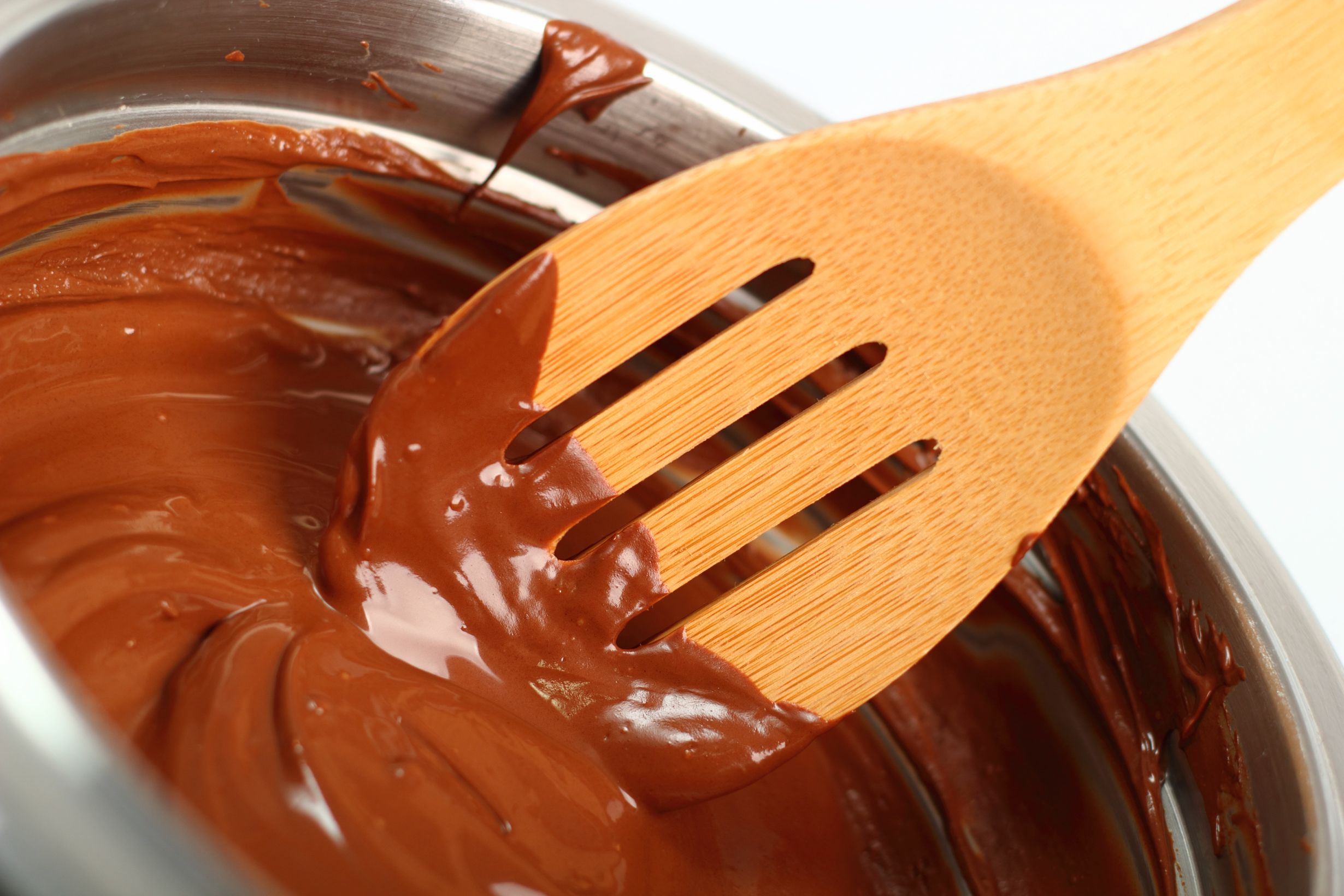The Sweet Science of Confectionery
The Art and Science Behind Confectionery
Confectionery is a delightful blend of art and science, where creativity meets chemistry to produce sweet treats that tantalize our taste buds. While the end products like chocolates, candies, and pastries are pure indulgence, the process behind them is a meticulous dance of precise measurements and innovative techniques.
The term "confectionery" encompasses a wide range of sweet delights, from chewy caramels to melt-in-your-mouth truffles. Despite their diversity, all these confections share a common foundation: sugar. Understanding the properties and behavior of sugar in different conditions is essential for any confectioner aiming to create the perfect sweet.

The Role of Temperature in Confectionery
Temperature plays a crucial role in determining the texture and consistency of confectionery. By manipulating temperature, confectioners can control the crystallization of sugar, which is key to creating everything from soft fudge to hard candies. Achieving the right temperature ensures that candies have the desired snap or chewiness, while chocolates have that perfect glossy finish.
Another aspect where temperature is critical is tempering chocolate. This process involves carefully heating and cooling chocolate to stabilize the cocoa butter crystals, resulting in a smooth, shiny appearance with a satisfying snap. Mastering this technique is essential for creating high-quality chocolate confections that not only taste delicious but also look visually appealing.

Innovative Techniques in Modern Confectionery
While traditional methods form the backbone of confectionery, modern techniques and technology have expanded the possibilities for confectioners. From molecular gastronomy to 3D printing, these innovations allow for new textures, flavors, and presentations that were once unimaginable.
Molecular gastronomy, for instance, enables confectioners to experiment with flavors and textures at a molecular level. Techniques such as spherification and gelification can create unique experiences, allowing consumers to enjoy familiar flavors in entirely new ways. This fusion of science and creativity continues to push the boundaries of what's possible in the world of sweets.

Sustainability in Confectionery Production
As consumers become more environmentally conscious, sustainability has become an important consideration in confectionery production. Many companies are now focusing on sourcing ingredients ethically and reducing their carbon footprint throughout the manufacturing process.
Efforts include using fair-trade chocolate, reducing packaging waste, and adopting energy-efficient practices in production facilities. These initiatives not only help protect the environment but also appeal to consumers who prioritize responsible consumption.
The Future of Confectionery
The future of confectionery is bright and full of potential. As technology continues to advance and consumer preferences evolve, confectioners will need to adapt and innovate to stay ahead. From personalized sweets to healthier alternatives, the possibilities are endless.
Whether you're a budding confectioner or simply someone who appreciates the art of sweets, understanding the science behind confectionery enhances your appreciation for these sugary creations. After all, every piece of candy or chocolate is a testament to the intricate balance of creativity and precision that defines this delectable craft.
